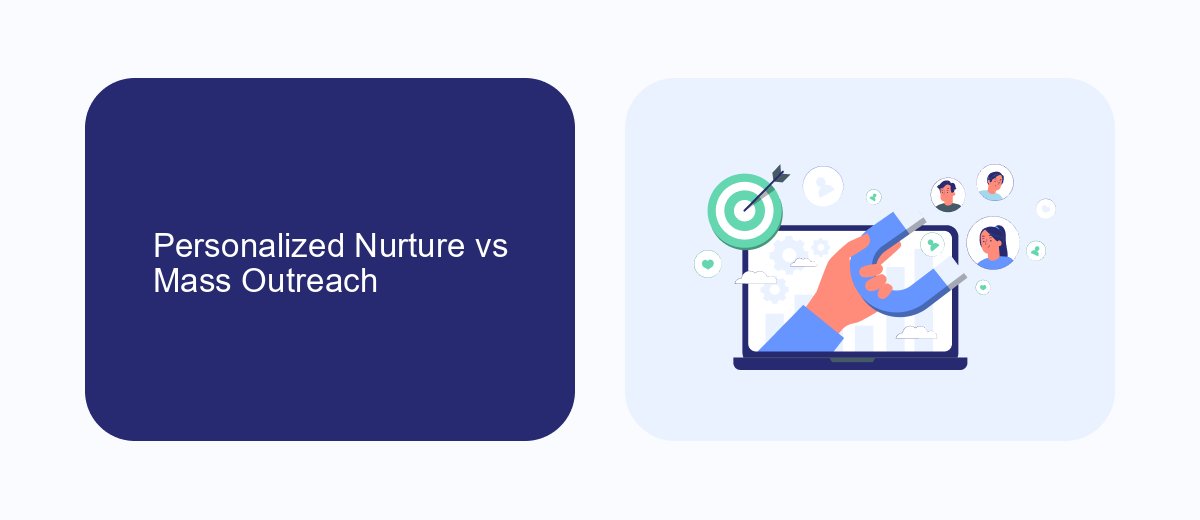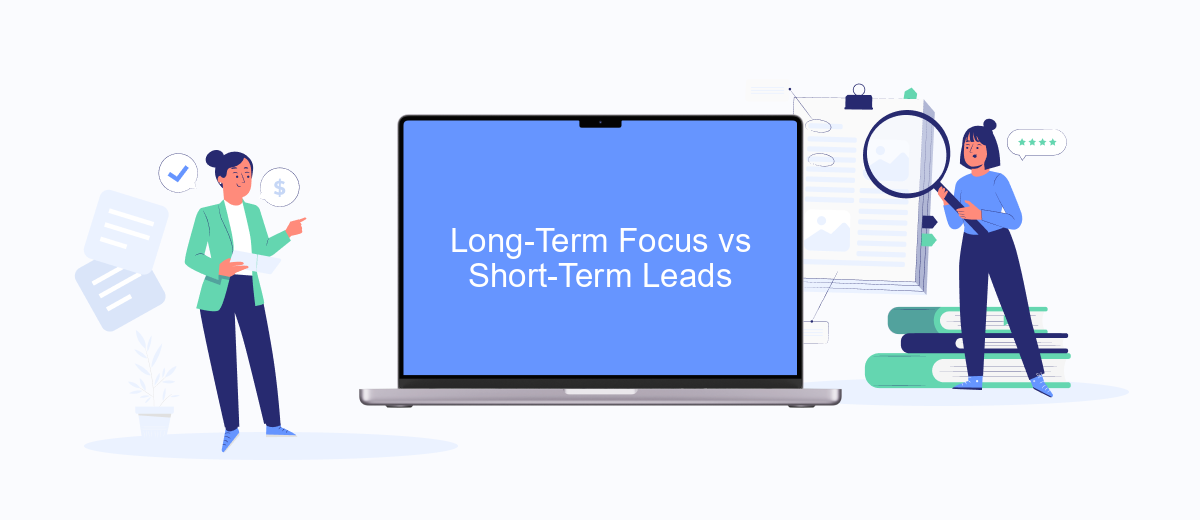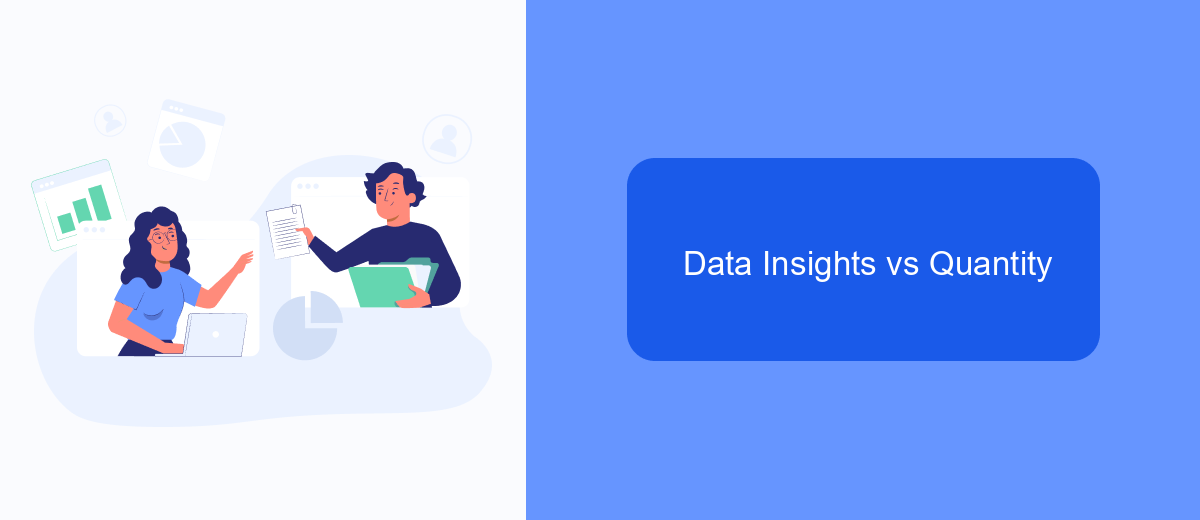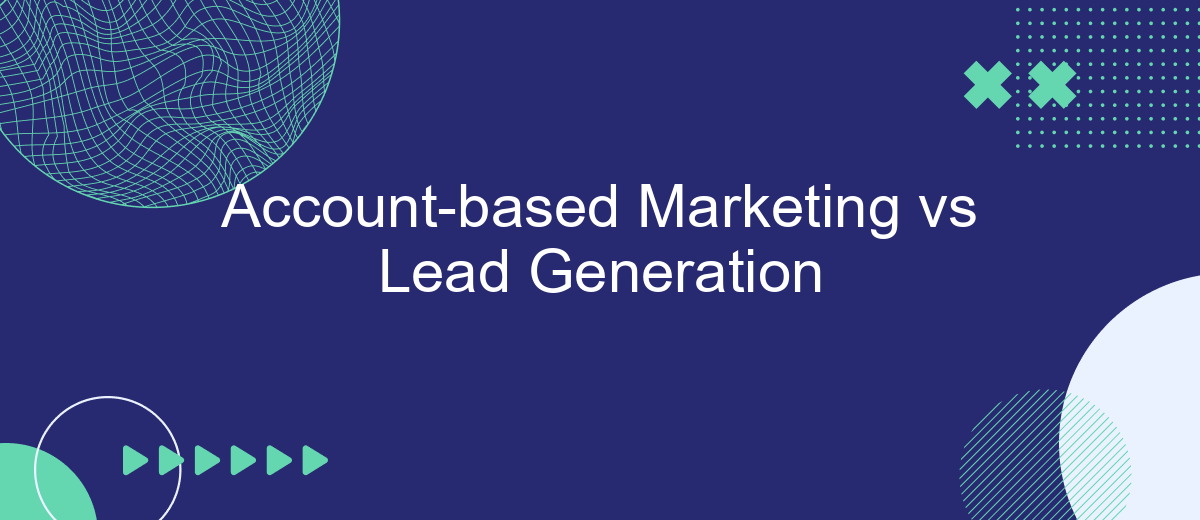In the ever-evolving landscape of digital marketing, businesses constantly seek the most effective strategies to drive growth and maximize ROI. Two prominent approaches—Account-based Marketing (ABM) and Lead Generation—offer distinct pathways to achieve these goals. This article explores the key differences, advantages, and challenges of ABM and Lead Generation, helping you determine which strategy best aligns with your business objectives.
Account Targeting vs Lead Volume
When it comes to Account Targeting versus Lead Volume, the strategies differ significantly in focus and execution. Account-based marketing (ABM) emphasizes targeting specific high-value accounts, tailoring personalized marketing efforts to engage and convert these accounts. In contrast, lead generation aims to attract a higher volume of leads, casting a wider net to capture more potential customers.
- Account Targeting: Focuses on quality over quantity by identifying and engaging high-value accounts.
- Lead Volume: Prioritizes generating a large number of leads to increase the chances of conversion.
- Personalization: ABM involves highly personalized content and interactions, while lead generation often uses broader messaging.
- Integration Tools: Services like SaveMyLeads can streamline the integration process, helping to manage and automate lead data efficiently.
Choosing between account targeting and lead volume depends on your business goals and resources. If your objective is to build deep relationships with key accounts, ABM may be the best approach. However, if your goal is to quickly expand your customer base, focusing on lead volume could be more effective. Utilizing tools like SaveMyLeads can enhance both strategies by automating lead management and ensuring seamless data integration.
Personalized Nurture vs Mass Outreach

Personalized nurture focuses on building deep, meaningful relationships with specific accounts through tailored content and interactions. This approach allows marketers to understand the unique needs and pain points of each account, providing solutions that resonate on a personal level. By leveraging tools like SaveMyLeads, businesses can automate and streamline these personalized interactions, ensuring that each touchpoint is relevant and timely. This leads to higher engagement and conversion rates as prospects feel valued and understood.
In contrast, mass outreach aims to cast a wide net, targeting a large audience with generalized messages. While this method can generate a high volume of leads quickly, it often lacks the depth and personalization needed to nurture long-term relationships. Mass outreach is efficient for initial awareness but can result in lower engagement and higher churn rates. Balancing both strategies can optimize marketing efforts, combining the scalability of mass outreach with the effectiveness of personalized nurture to achieve comprehensive growth.
Long-Term Focus vs Short-Term Leads

One of the key differences between Account-based Marketing (ABM) and Lead Generation is their focus on long-term relationships versus short-term gains. ABM aims to build lasting relationships with high-value accounts, nurturing them over time to achieve substantial and sustained business growth. In contrast, Lead Generation focuses on quickly acquiring a large number of leads, often prioritizing quantity over quality.
- ABM: Invests in personalized marketing strategies to engage specific accounts.
- Lead Generation: Utilizes broad marketing campaigns to capture a wide audience.
- ABM: Emphasizes long-term engagement and relationship-building.
- Lead Generation: Aims for immediate lead capture and quick sales conversions.
For businesses looking to integrate these approaches, tools like SaveMyLeads can be invaluable. SaveMyLeads automates the process of capturing and managing leads, ensuring that both ABM and Lead Generation efforts are streamlined and efficient. By leveraging such integrations, companies can maintain a balance between nurturing long-term relationships and achieving short-term lead acquisition goals.
Data Insights vs Quantity

When comparing Account-based Marketing (ABM) and Lead Generation, a critical distinction lies in the focus on data insights versus quantity. ABM relies heavily on in-depth data insights to target high-value accounts, ensuring that marketing efforts are highly personalized and relevant. This approach leverages detailed customer profiles, buying behaviors, and industry trends to craft tailored marketing strategies.
In contrast, traditional Lead Generation emphasizes the quantity of leads, aiming to capture as many potential customers as possible. This method often involves broader marketing campaigns designed to attract a large audience, with the goal of converting a percentage of these leads into customers.
- ABM: Focus on quality, targeting specific high-value accounts.
- Lead Generation: Emphasis on quantity, aiming for a high volume of leads.
- ABM: Utilizes detailed data insights for personalized marketing.
- Lead Generation: Broad marketing strategies to attract a wide audience.
To efficiently manage and integrate data for these approaches, tools like SaveMyLeads can be invaluable. SaveMyLeads helps streamline data collection and integration, ensuring that marketing teams can easily access and utilize the insights necessary for effective ABM or lead generation campaigns.
- Automate the work with leads from the Facebook advertising account
- Empower with integrations and instant transfer of leads
- Don't spend money on developers or integrators
- Save time by automating routine tasks
Relationship Building vs Transactional
Account-based marketing (ABM) emphasizes relationship building over transactional interactions. It focuses on creating long-term partnerships with targeted accounts by delivering highly personalized experiences. This approach involves understanding the specific needs and pain points of each account and tailoring marketing efforts to address them. By fostering strong relationships, businesses can achieve higher customer retention rates and more significant revenue growth over time.
In contrast, lead generation is often more transactional, aiming to capture as many leads as possible through broad campaigns. The primary goal is to convert these leads into customers quickly. While this method can yield immediate results, it may lack the depth and personalized touch that ABM offers. For companies looking to streamline their lead generation process and integrate various marketing tools, services like SaveMyLeads can be beneficial. SaveMyLeads automates the transfer of lead data between different platforms, ensuring a seamless and efficient workflow. However, the transactional nature of lead generation may not foster the same level of loyalty and engagement as a well-executed ABM strategy.
FAQ
What is the primary difference between Account-based Marketing (ABM) and Lead Generation?
Which approach is better for B2B companies, ABM or Lead Generation?
How can automation tools help in implementing ABM and Lead Generation strategies?
Is it possible to use both ABM and Lead Generation simultaneously?
What metrics should be tracked to measure the success of ABM and Lead Generation campaigns?
What do you do with the data you get from Facebook lead forms? Do you send them to the manager, add them to mailing services, transfer them to the CRM system, use them to implement feedback? Automate all of these processes with the SaveMyLeads online connector. Create integrations so that new Facebook leads are automatically transferred to instant messengers, mailing services, task managers and other tools. Save yourself and your company's employees from routine work.

